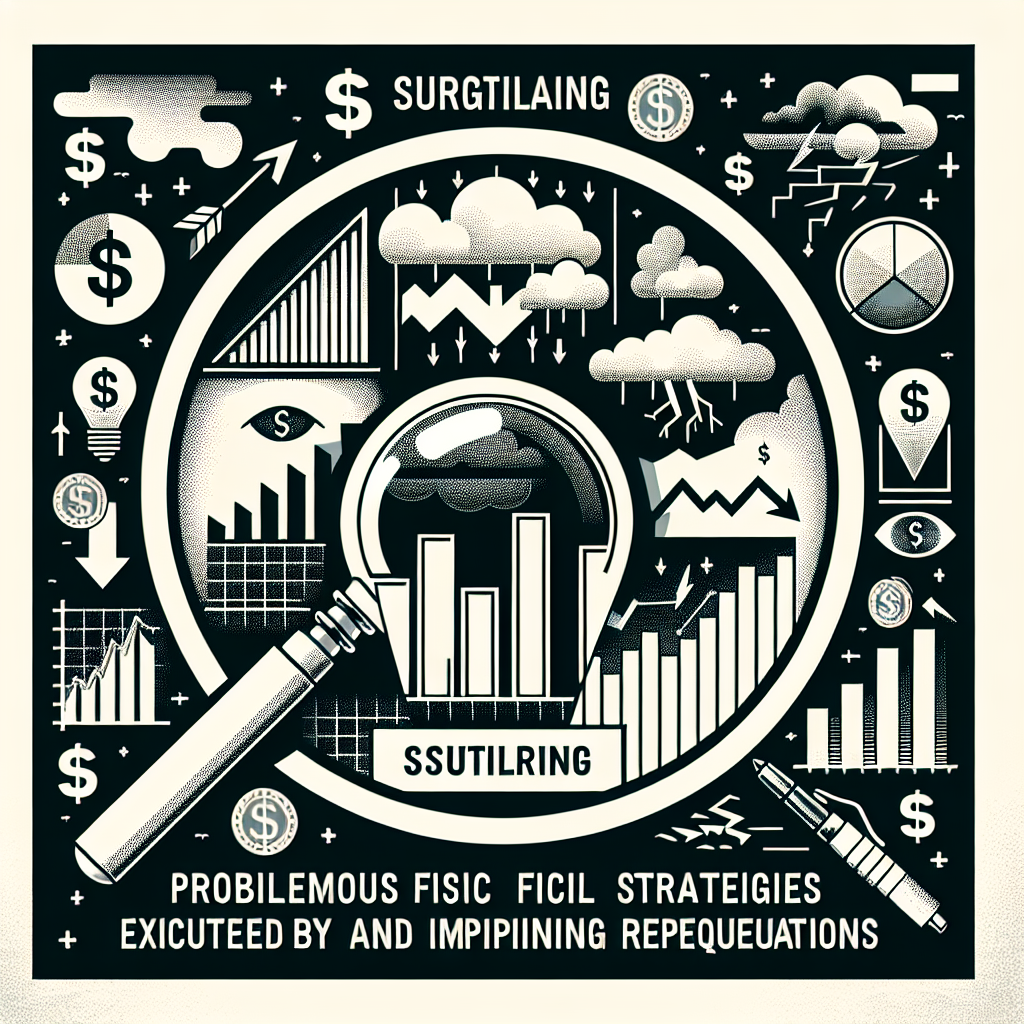The hagiography of Donald Trump, initiated by his supporters, particularly figures like Stephen Miller, has raised concerns about the future direction of the Trump Administration as it potentially embarks on aggressive immigration enforcement strategies. Miller, known for his extreme views on immigration, may influence Trump to implement massive deportations, which could jeopardize not only the economy but also the administration’s legislative agenda. The sweeping deportation initiative would have devastating effects on small businesses that rely on the labor of millions of undocumented workers. These workers, while considered illegal, play an essential role in filling labor shortages across numerous industries, contributing significantly to tax revenues. A more sensible approach to immigration policy, such as increasing quotas for unskilled labor, could alleviate this situation without resorting to draconian measures that would result in social and economic upheaval.
Moreover, while Trump’s supporters claim unprecedented electoral victories as his accomplishments, a closer analysis reveals more about the circumstances leading to such outcomes than Trump’s capabilities as a politician. The discontent reflected in election results was fueled by significant economic pressures like inflation, which were, paradoxically, partly a byproduct of Trump’s own pandemic policies. The narrative assessing Trump’s “great economy” stands in contrast to the actual economic reality of his presidency, where growth metrics suggest a continuation of trends set during the Obama administration rather than a remarkable recovery or boom. The apparent economic success attributed to Trump needs a critical re-evaluation, especially considering that any real growth observed post-2016 followed a long recovery trajectory from the 2008 financial crisis.
Looking ahead to the potential second Trump Administration, the mounting challenges could be exacerbated by policies aimed at significant tax cuts and spending increases. With promised reductions in various taxes—including income taxes for key demographics—Trump’s plans could lead to deficits of astronomical proportions. These tax cuts, mixed with high spending on defense and border control, raise questions about fiscal sustainability. Indeed, the revenue loss forecast from the proposed tax law changes could amount to a staggering $11.5 trillion over a decade, raising serious concerns about the United States’ financial health. If his administration enacts these measures while ignoring revenue-generating avenues, it risks plunging the federal budget deeper into deficit while could lead to severe ramifications for economic stability.
Furthermore, Trump’s proposals to reform the tax system by imposing tariffs instead of relying on income tax could fundamentally reshape fiscal policy but not necessarily solve the underlying fiscal crisis. While he claims that tariffs would generate significant revenue, the reality is that these would ultimately burden consumers rather than foreign producers, as tariffs raise the cost of goods across the board. The potential shift to a consumption-based tax model may not sufficiently cover the expected deficits, leading to an untenable financial situation for the country. This misalignment between proposed tax structures and revenue needs puts the long-term economic outlook in jeopardy, suggesting that fiscal irresponsibility might reign.
Ultimately, even in the face of these proposals, Trump’s intention to shield a large portion of the federal budget from cuts poses an additional challenge for financial reform. Essential programs and entitlements encompass a significant share of federal expenditures—about 82% of total outlays—which limits the effectiveness of managerial reforms intended to trim waste and increase efficiency. Even with aggressive cost-cutting measures, Trump’s administration would likely fall short of addressing the systemic deficits expected under his revenue proposals. Therefore, despite ambitious visions of rejuvenated economic policies, these plans lack the foundation to create a balanced budget, perpetuating a cycle of deficits and contributing to an overall fiscal disaster.
In conclusion, the prospect of a second Trump administration poses a multitude of economic challenges that could overshadow its ambitious plans. With the looming threat of mass deportations and unrealistic tax promises, the fallout from these policies may lead the U.S. economy down the path of stagnation and inflation, effectively crippling the middle and lower economic classes that so many of his supporters represent. As such, the ideas of “greatness” espoused by fervent supporters may starkly contrast the adversity faced by many Americans in their everyday lives. The unfolding narrative can potentially dismantle the perceived triumphs of the previous Trump administration, leaving room for a reevaluation of economic realities in a context where political promises do not translate into tangible prosperity.

